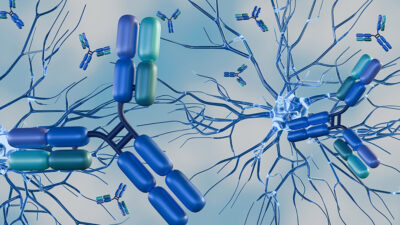In this retrospective study of a cohort of aquaporin-4 antibody-positive neuromyelitis optica spectrum disorder (NMOSD) patients treated with eculizumab, the authors reported efficacy with decreasing relapse rate, magnetic resonance imaging changes, and disability outcomes, but cautioned about the risk of serious infections.
Article Limit Reached
You have reached your article limit for the month. Subscribe now to access this article plus other member-only content.
- Award-winning Medical Content
- Latest Advances & Development in Medicine
- Unbiased Content

